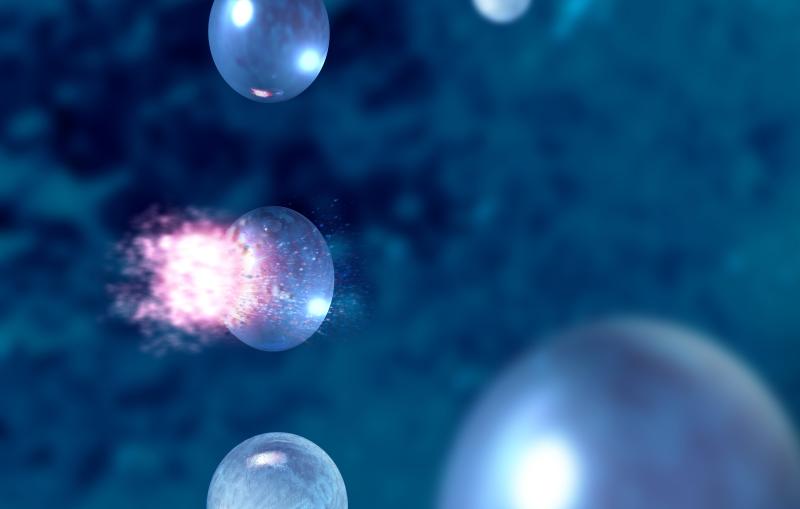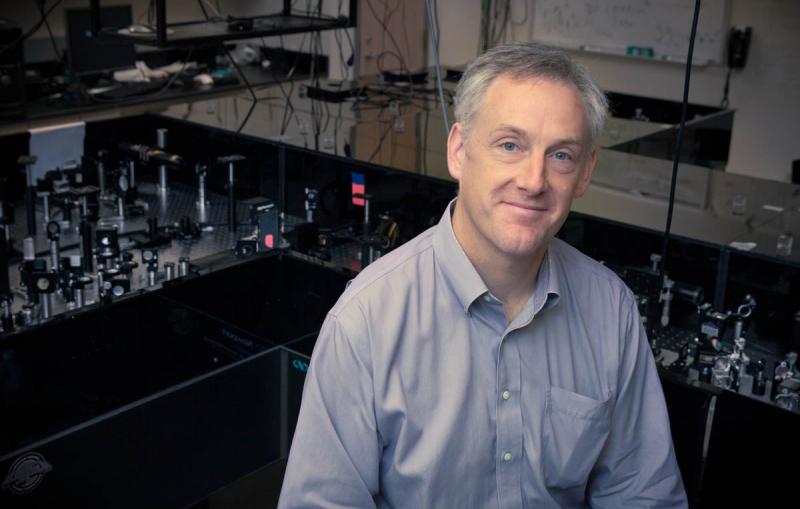
Illustration
X-ray laser pulses probe water droplets like these to discover water’s hidden (and sometimes bizarre) properties.


Researchers at the Stanford PULSE Institute watch ultrafast particle motions and chemical reactions to get a deeper understanding of matter in all its forms. Soon we’ll be able to watch even speedier electron movements that underlie all of chemistry, technology and life.

X-ray laser pulses probe water droplets like these to discover water’s hidden (and sometimes bizarre) properties.

